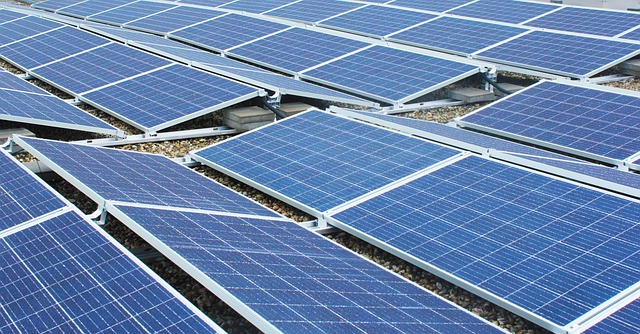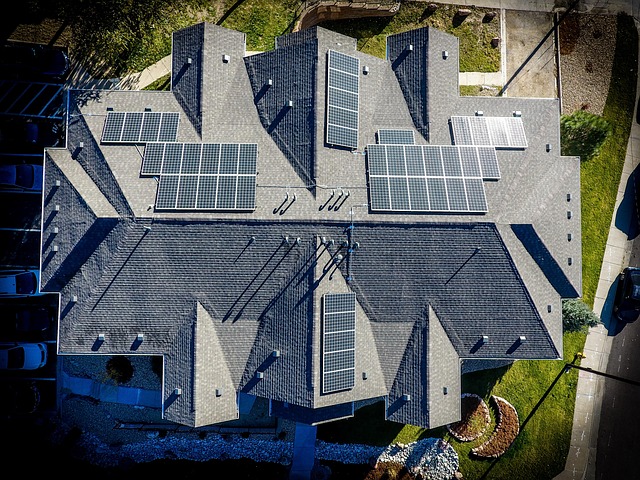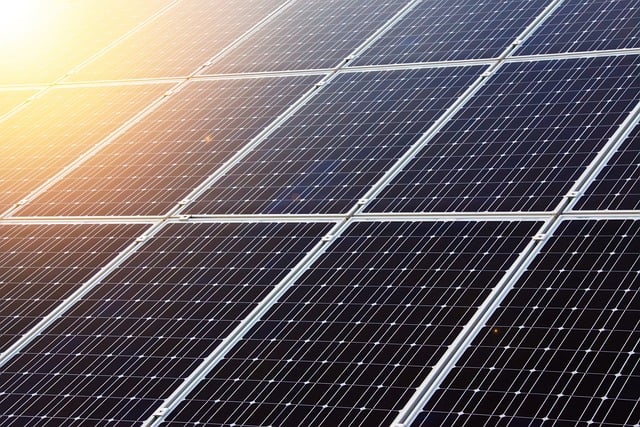Sustainable Energy: A Pathway to Environmental Restoration
As the world grapples with the pressing effects of climate change, the importance of sustainable energy sources has never been clearer. Transitioning to sustainable energy not only addresses the immediate necessity of reducing greenhouse gas emissions but also serves as a vital mechanism for restoring our ailing environment. This article explores the various dimensions of sustainable energy, its benefits, and how it paves the way for environmental restoration.
The Essence of Sustainable Energy
Sustainable energy refers to energy that meets our present needs without compromising the ability of future generations to meet theirs. It encompasses renewable energy sources such as solar, wind, hydroelectric, and geothermal energy. Unlike fossil fuels, sustainable energy sources are abundant and generally emit little to no greenhouse gases during operation. By embracing these energy alternatives, we can mitigate air pollution, combat climate change, and restore ecological balance.
The Benefits of Sustainable Energy
Transitioning to sustainable energy sources has far-reaching benefits that extend beyond just reducing carbon footprints. These benefits include economic advantages, social equity, and significant improvements in environmental health.
Economic Advantages
The shift to sustainable energy fosters economic growth through job creation and energy independence. Investments in renewable energy technologies have already proven to be more labor-intensive than fossil fuel operations. This translates into job opportunities in manufacturing, service, and maintenance sectors, thereby promoting local economies.
Moreover, solar and wind energy systems have seen drastic reductions in costs, making them competitive with fossil fuels. The transition not only provides job security but also stabilizes energy prices in the long run, shielding economies from volatile fossil fuel markets.
Social Equity and Accessibility
Sustainable energy can play a pivotal role in social equity, especially in underserved communities. Many renewable energy projects include community ownership models, allowing local residents to benefit from energy profits and lower energy costs. This democratization of energy not only empowers communities but also fosters resilience against economic disparities.
Environmental Health
Reducing reliance on fossil fuels is essential for protecting ecosystems. Sustainable energy initiatives help combat air and water pollution, leading to improved public health outcomes. Moreover, renewable energy sources require significantly less water for operation than traditional energy sources, thereby conserving precious water resources essential for aquatic ecosystems.
Environmental Restoration Through Sustainable Practices
To truly harness the potential of sustainable energy for environmental restoration, it is crucial to implement practices that not only reduce emissions but also rejuvenate ecosystems and biodiversity.
Restoration of Biodiversity
Sustainable energy projects, when designed and implemented correctly, can contribute to restoring habitats and biodiversity. For instance, solar farms can be integrated into agricultural landscapes, promoting coexistence between energy production and biodiversity. By preserving natural landscapes and utilizing degraded land, we can optimize land use while enhancing habitat quality for various species.
Carbon Sequestration
A critical aspect of environmental restoration is carbon sequestration—removing CO2 from the atmosphere and storing it. Sustainable energy projects can integrate carbon sequestering practices such as reforestation and afforestation, transforming power generation sites into carbon sinks. For example, wind farms and solar installations can be accompanied by tree planting efforts, thereby creating a dual benefit of energy production and ecological restoration.
Waste Reduction and Circular Economy
Implementing a sustainable energy framework requires a shift towards a circular economy where waste is minimized and resources are reused. For example, repurposing materials from decommissioned fossil fuel power plants for renewable energy infrastructure can significantly reduce waste. Solar panels made from recycled materials or wind turbines designed for easy disassembly further exemplify how sustainability intertwines with waste reduction.
Challenges on the Path Towards Sustainable Energy
Despite the myriad benefits associated with sustainable energy, challenges exist that must be addressed to ensure a successful transition. These challenges include technological barriers, financial constraints, and socio-political dynamics.
Technological Barriers
While renewable energy technologies have made remarkable strides, continued innovation is crucial to overcome limitations. Energy storage solutions, such as batteries, must improve to accommodate the intermittent nature of sources like solar and wind. Additionally, the integration of various energy systems into a cohesive grid requires advanced smart grid technologies.
Financial Constraints
Access to finance is often a barrier to widespread adoption of sustainable energy projects, particularly in developing nations. The upfront cost of installation and technological development can deter investment; therefore, sustainable financing models such as green bonds and public-private partnerships are crucial to enabling the transition.
Socio-Political Dynamics
The push for sustainable energy must contend with entrenched political interests and traditional energy sectors. Resistance from fossil fuel industries often hampers policy reforms necessary for a sustainable transition. Thus, advocacy and public engagement play a critical role in influencing policy and securing support for renewable energy initiatives.
The Global Perspective: Case Studies of Success
Globally, several countries have made significant strides in sustainable energy adoption, demonstrating that a transition is not only possible but immensely beneficial.
Germany’s Energiewende
Germany’s Energiewende (energy transition) is a landmark initiative aimed at transitioning to a sustainable energy system. The country has invested heavily in renewable energy, particularly wind and solar, and has set ambitious targets for reducing greenhouse gas emissions. This model has been effective in creating a robust renewable energy sector while simultaneously driving economic growth.
Denmark’s Wind Power Revolution
Denmark is a global leader in wind energy, generating around 47% of its electricity from wind turbines. The Danish government supports wind energy through policy incentives and a commitment to sustainability. This commitment to renewable energy not only addresses environmental concerns but has also positioned Denmark as a hub for wind technology innovation.
India’s Solar Initiatives
India boasts one of the largest solar energy programs in the world, with aggressive targets to enhance its solar capacity. The International Solar Alliance, spearheaded by India, aims to promote solar energy use globally, particularly in developing nations. India’s commitment to solar is pivotal not only for energy security but also for creating sustainable development pathways in the region.
Conclusion: A Collective Responsibility
Transitioning to sustainable energy represents a critical pathway for environmental restoration. The associated benefits of economic growth, social equity, and improved environmental health paint a hopeful picture for the future. However, the journey is fraught with challenges that require cooperative efforts from governments, businesses, and individuals alike.
As we move forward, fostering innovation, supporting sustainable policies, and engaging communities will be essential steps in realizing our shared vision of a sustainable and restored environment. Together, we have the opportunity to reshape our energy landscape, reclaim our ecosystems, and set a course toward a truly sustainable future.



